How to hold the car industry by the throat?
2023/3/9 11:26:58
At present, the problem of car core is sweeping the world. A number of car companies frequently exposed the reduction of events, by the owners of the joint rights. A core, stumped the global automotive industry. Coupled with the signing of the US Chip Act, what is the future development of the automotive chip industry likely to be? In order to avoid smart cars repeating the mistake of smartphone chips being stuck, domestic car chips have also begun a wave of upsurge and have joined the camp. Can domestic chips seize the alternative opportunity of "lack of core tide"?
Q1: Last week, US President Joe Biden officially signed the $280 billion Chip and Science Act, which stipulates that $52.7 billion is dedicated to semiconductor research, development, manufacturing, and workforce development, of which $2 billion is for chips with traditional mature processes. What impact will the signing of the US Chip Act have on the automotive chip market?
The Chip and Science Act, signed into law by President Joe Biden, includes $2 billion for chips in traditional mature processes, which are also key to automotive and defense systems.At present, more and more advanced technologies are applied in automobiles, but most of them need to be carried out around semiconductors, so whether it is the future of automobiles or the current automobile, it will rely heavily on the chip supply, and the importance of chips to automobiles is self-evident. An electric car uses about 3,000 chips on average, which is about $400-600 more than a traditional car in terms of price. According to relevant data, with the development of electrification and intelligence, it may require $3,000 in automotive semiconductors by 2030.
For the United States, the main purpose of this bill is to allow TSMC and some semiconductor manufacturers to return to the U.S. market at the chip supply chain level, to ensure the integrity of the North American automotive semiconductor supply chain, and to limit capacity investment in China and other countries to effectively guarantee the change of the U.S. automotive industry.
Because the current domestic car market share in the United States is only 5%, basically no exports to the United States, the impact on China's electric vehicle market is small, but for the long-term development is unfavorable.
However, because the United States hegemony is trapped in the supply of imported chips, it will force the growth of domestic independent high-end chips, from this point of view, it is also a good thing for domestic chips, and the country is also investing heavily in the field of automotive chips policy support and investment.
Q2: Today's global automotive chip market, the lack of core problem is still not to be underestimated. What kind of automotive chips are currently the main scarcity? What's the difference between a chip for a phone and a chip for a car?
At present, the shortage of automotive chips are mainly specific automotive special chips. According to the application field, it can be divided into application processors (IVI, MCU, etc.), power semiconductors (AMP, IGBT, MOSFET, etc.), sensor chips (TPMS, etc.) and separation devices.In early 2020, the new coronavirus epidemic swept the world, making the production of automobiles plunged in the second quarter of 2020, so the demand for automobile chip manufacturers also plummeted. By the time global automotive production recovers in the third quarter of 2020, massive demand and consumer electronics recovery have put tremendous pressure on upstream chip supply. And as the cycle required for recovery accumulates, MCU microcontrollers become the main shortage chip.
In terms of chip classification, there is a big difference between automotive chips, industrial chips and consumer chips, and the chips used in mobile phones cannot be directly used in cars. Among them, the differences are mainly in the aspects of operating temperature, operating voltage, service life and target failure rate after use, and its design goals have a huge gap. For example, TSMC will do a lot of quality control differences in the foundry of mobile phone chips and automotive chips, and Qualcomm has also done a lot of engineering design processing in the process of changing the mobile SOC chip to the automotive SOC chip.
Q3: According to AFS statistics, due to the shortage of chips, the global automotive market in 2021 has a cumulative production reduction of about 10.2 million units, of which Asia is the hardest hit area of production reduction, and China alone has a production reduction of 1.82 million units, which has brought immeasurable losses to the industry. So far, the shortage of automotive chips has not changed. What are the main reasons for the global automotive chip shortage?
For the shortage of automotive chips, we can summarize there are three main reasons:The first is the imbalance caused by the mismatch of supply and demand. In 2020, due to a certain degree of shortage caused by natural and man-made disasters such as the epidemic, the "bullwhip effect" in the supply chain is becoming more and more serious, coupled with more uncertain factors in the future environment, all enterprises on the supply chain need to increase additional inventory to cope with the market demand increases, which makes the chip shortage worse.
The second is the automotive MCU chip market suppliers, the problem of high concentration of market share, which is mainly stuck in the supply of head suppliers such as TSMC.
A car's control module needs to use a large number of MCU microcontrollers, due to the needs of chip miniaturization and high frequency, MCU requires a process below 40nm.
For the supply of chips, chip manufacturers are mainly divided into two routes: one is the IDM mode (international integrated component manufacturer mode, which can be understood as the processing of low-process chips through the chip manufacturer's own production line). For the links made by advanced processes (such as chips below 28nm), they will be mainly handed over to Taiwan Semiconductor Manufacturing (TSMC). Among them, TSMC's production and shipment of MCUS account for about 70% of the automotive market, while the top seven MCU suppliers' production supply can reach 98% of the global market demand.
The problem here is that due to the high concentration of automotive MCU chip demand, and chip companies mainly hand over advanced chip process manufacturing to head suppliers such as TSMC, once the chip demand increases, these suppliers (especially TSMC) will appear delivery bottlenecks.
For TSMC, the automotive chip business only accounts for 3%-5% of the company's total business revenue (2020-2022 financial data), so in terms of the priority of supply and demand (is the first processing of automotive chips or other chips), TSMC has its own considerations, which has become one of the reasons for the chip shortage.
However, with the mediation of governments and car companies (such as in 2021, German Economy Minister Peter Altmaier reportedly sent a letter to Taiwan, China, calling for an increase in the supply of automotive chips, and hopes to send a message to the foundry leader TSMC. In May 2021, the US Department of Commerce put pressure on TSMC and other companies to prioritize meeting the needs of US automakers in the short term), TSMC's delivery bottleneck has been gradually broken, and the global chip shortage problem has been partially alleviated.
Compared with the continuation of the overseas core shortage tide, the current core shortage situation in the Chinese automobile market has eased, mainly for two reasons: first, the demand for automobiles in April and May has declined, but the chip orders have been produced overseas, which can be supplied in time; Second, Chinese car companies and chip suppliers are more hard-working in the face of the current environment, and quickly try to enter domestic chips to increase supplies.
The third is the existence of several problems in the automotive chip industry chain itself, which will also extend the delivery cycle of automotive chips:
First of all, the automotive chip production chain is long, and the supply of the industrial chain is insufficient. From raw materials to chip products, including design, manufacturing, packaging, testing and other four links, the production chain has a fine division of labor, and the factories involved cover the world, and problems in any link will affect chip production capacity.
Second, the production cycle is long: because the industrial chain of the chip is relatively long, it generally takes 24 weeks to 26 weeks from raw materials to chip products. As supply chain disruptions increase, supply times are lengthened.
In addition, the output value of the car-gauge chip accounts for a small proportion and the profit margin is low: compared with the consumer-grade chip, the car-gauge chip has a relatively low profit for the supplier, so the right to speak is low. With the growth of demand for consumer chips, coupled with the overall lack of capacity, chip manufacturers are more willing to produce consumer chips with high profit margins.
Q4: Since the outbreak of the lack of core tide, many downstream terminal enterprises have been affected, and there is even a "core" difficult to find, in this case, a number of car companies frequently exposed a reduction event. For consumers, what is the impact on the use experience of the car?
At present, major automobile companies pay great attention to improving vehicle safety, reducing energy consumption, improving comfort and increasing entertainment and auxiliary functions to enhance the competitiveness of automotive products. The smarter a car is, the more intelligent control modules and sensors it has, and the more chips it needs. For car manufacturers because of the lack of core problem to reduce the situation, in the case of safety permits, by cutting some functions to ensure the stable supply of vehicles, will not affect the life of the vehicle.In terms of price, the price of automotive chips is rising. According to incomplete statistics, automotive chips have a certain increase in 2022. However, because the cost of the car chip accounts for a low proportion of the total price of the vehicle (about $300 for a single bike), from the current point of view, the problem of price increases has a small impact on the increase in the terminal price of the car.
It is worth noting that there may be some changes in the growth rate of automotive chips in the future. Intel CEO Pat Gelsinger previously delivered a keynote speech with a related prediction: By 2030, chips will account for more than 20% of the cost of high-end automotive materials, an increase of 5 times over 4% in 2019, and 12% in 2025, so the process of increasing its value proportion will continue to occur, and the subsequent chip price increase is likely to directly drive the rise in car prices.
Q5: Is it possible that the world's chronic shortage of automotive chips is getting closer to being resolved, and when will it end?
In fact, the supply of automotive chips is improving, and there were signs in June. According to foreign media reports, in early June, the chip supply in Europe improved, which was mainly reflected in the supply of Daimler trucks (Karin RaDStrom), Mercedes-Benz (Joerg Burzer), BMW and Volkswagen for the chip supply statement, the lack of core situation has improved.
In addition, the S&PIHS index tracker (based on a combination of commodity price and supply indicators, using responses collected from the S&P Global Manufacturing PMI survey, and tracking price pressures and supply shortages across more than 20 items) showed further signs of easing globally in mid-June.
From China's car sales in June and July, automotive chips are indeed improving, and we see that sales in June 2022 returned to 1.9 million +, and in July returned to 1.8 million +, both achieving positive growth compared with the same period.
Q6: What is the current development pattern of global automotive chips? Which countries are the leading companies concentrated in?
Although there are more types of automotive chip segmentation, most car manufacturers will hand over the main chip business to the head chip manufacturer to process. Therefore, from the market dimension, Europe, the United States and Japan's automotive chips occupy a dominant position in the world, and the head concentration is high. The number of leading enterprises in China is very small.
There are two main reasons for the concentration of head manufacturers:
First, in the past, the development of the automotive industry, emphasis on reliability and supply chain cooperation, especially NXP, Infineon, stmicroelectronics and Bosch and other European chip manufacturers, these companies mainly rely on the synergistic effect of the two categories of automotive chips and industrial chips to obtain competitive advantages, strong in the industrial and automotive fields.
Based on the coordination of automotive chips and industrial chips, these manufacturers quickly rose to the forefront of the head, and achieved long-term orders and stable sales, making the automotive chip business of these chip companies account for about 40% of the total chip business.
Second, the offline use of automotive chips needs to be verified by vehicle regulations AECQ. And Infineon and other head chip manufacturers have mastered the manufacturing process in line with AECQ, so that they continue to expand and occupy market share.
Q7: At present, automotive chips have ushered in a wave of investment boom, chip "domestic substitution" has found the best time, and many new energy vehicles have also entered the chip market. What is the progress of the basic research technology of domestic automotive chips?
At present, China's automotive chip independent industry is small, accounting for only 5% of the world, and the self-research rate is low.
However, domestic automotive chips have an important strategic position in supporting the development of the country's automotive industry, and its market demand is also large. According to NE Research Institute data, in terms of power devices, the Chinese automotive market, excluding more than 290,000 low-voltage MOS tubes, has 2.01 million models using high-voltage power modules. And here is inseparable from the support of domestic automotive chips.
China's domestic production rate of power semiconductor modules is rapidly advancing, and it is currently nearly half, of which:
Byd 393,000, +209.20%, market share 19.50%
Star 342,000, +156.60%, the market share of 16.90%
CRRC era 226,000, +500%, market share 11.20%
Our country is expected to continue to make efforts to account for 15%-20% of the domestic chip market in 2025.
At the same time, domestic chips still face great challenges: most of the chip processes in automobiles are low-process. The process requirements of different automotive chips vary greatly, and the manufacturing technology of most of the chips needed in automobiles is more than a decade ago or earlier, and the more mature manufacturing process. At present, the main chip partners of more car companies are also around mature European and American chip manufacturers.
Therefore, the main difficulty in the replacement of domestic automotive chips is the need for more cooperation needs and manufacturing opportunities. With practical demand, many domestic independent brand car companies will have the demand for national production replacement. For example, Wuling Automobile released the GSEV platform model chip, accelerated the "strong core" strategy, and said that the localization rate exceeded 90%.
Q8: Storage is currently the fastest growing semiconductor segment. How big is the automotive memory chip market? What opportunities will domestic chips have in them?
With the development of vehicle electrification and intelligence, as well as the increased demand for intelligent video and audio entertainment systems in vehicles, the entire automotive electronics market has been stimulated, among which the demand for automotive memory chips has also increased.
The main demand in the automotive memory chip market includes DRAM (also known as dynamic random access memory, including DDR, LPDDR - double rate storage), and NAND (including eMMC, non-volatile flash memory technology).
From the perspective of market development scale, according to IHS market research data, in 2019, the global automotive memory chip market size was $3.6 billion, of which the LPDDR and NAND market size was about $800 million and $1 billion. In 2020, the global automotive memory chip market will be about $3.4 billion, accounting for about 9% of the entire automotive semiconductor market.
According to the preliminary forecast, by 2023, the global automotive memory chip market size is 5.9 billion US dollars. In 2020, China's automotive memory chip market reached $431 million, and it is expected to reach $732 million in 2026.
From the perspective of competitive pattern, Micron Technology's domestic market share is nearly half, Beijing Junzheng DRAM market share is second, Samsung, South Asia Technology, Huabang power followed.
Other chip fields, such as microcontroller, power chip, sensor chip, China's domestic substitution process is also underway, China's automotive chip currently accounts for less than 5% of the global share, we predict that in 2025 is expected to achieve 15%-20% of the share.
Latest Products
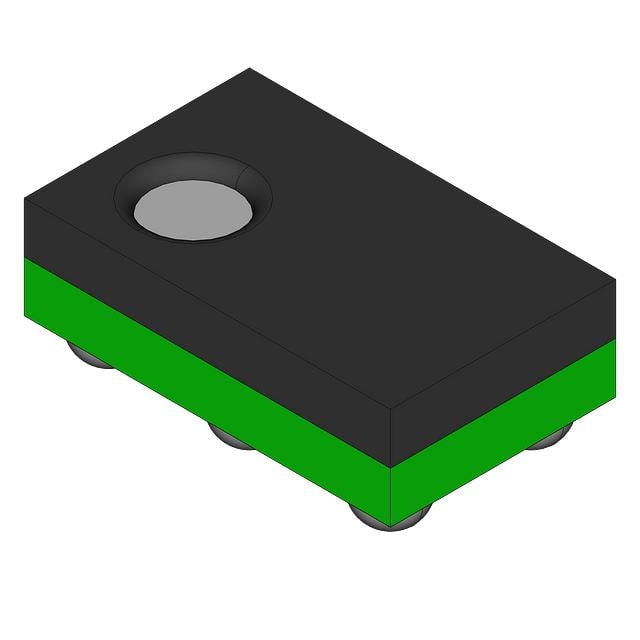
-
IP5002CX8/P135
NXP USA Inc.

-
ADAU7002ACBZ-RL
Analog Devices Inc.
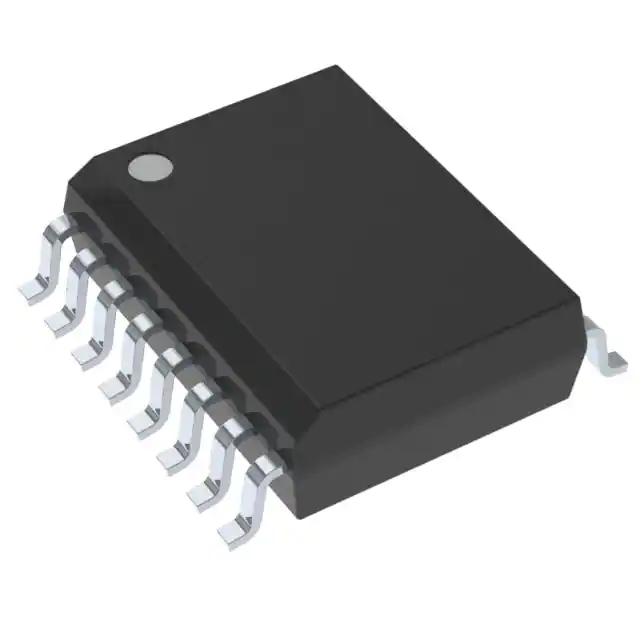
-
PGA2320IDW
Texas Instruments

-
SRC4184IPAG
Texas Instruments
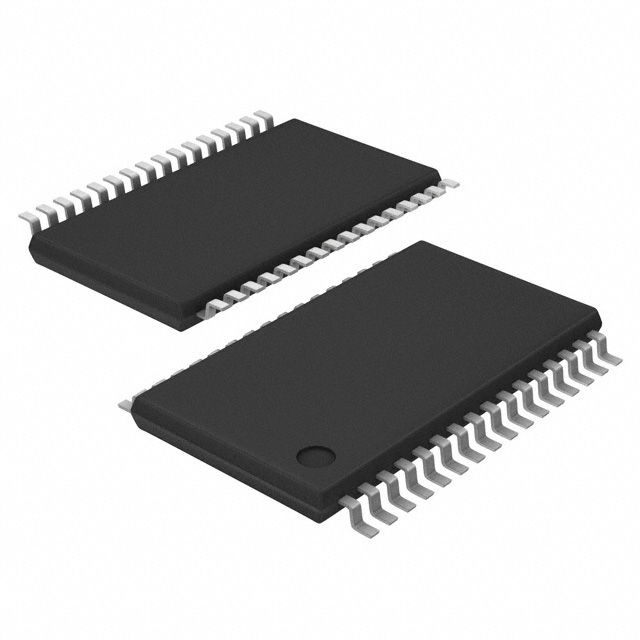
-
MUSES72320V-TE2
Nisshinbo Micro Devices Inc.
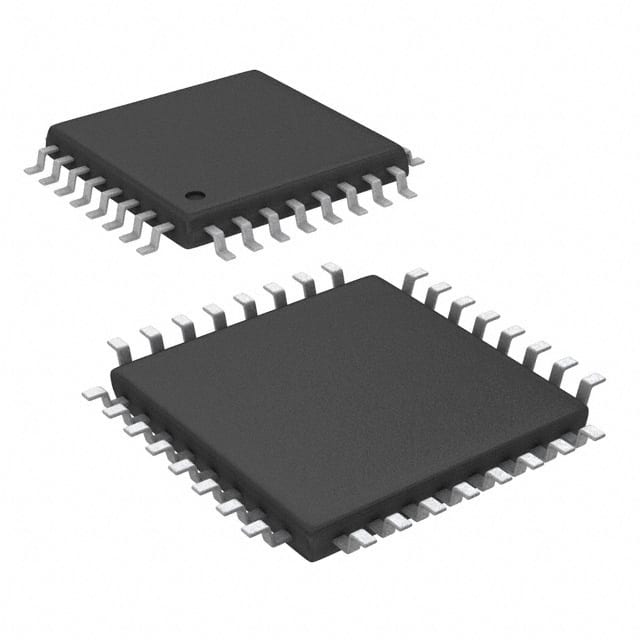
-
PCM2706CPJT
Texas Instruments
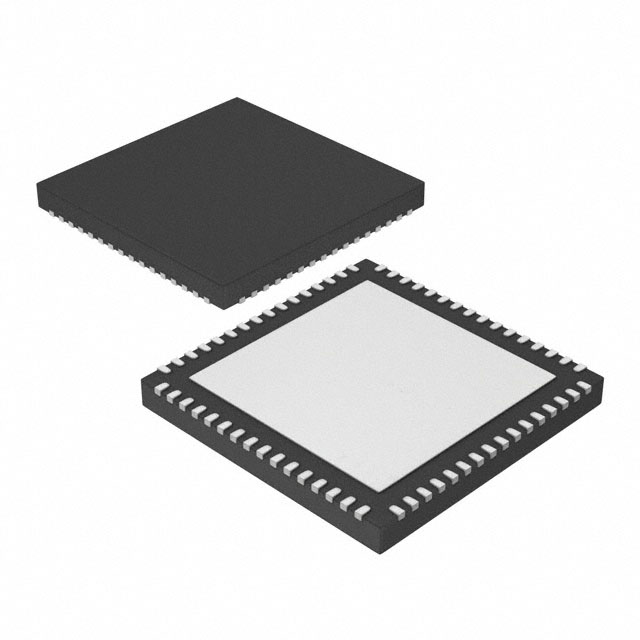
-
ZL38040LDG1
Microchip Technology

-
PGA2310UA/1K
Texas Instruments
-
Tel
+0 123 45645626 -
Whatsapp


